Recycled Glass Clay: A Revolutionary Material
Recycled Glass Clay is crafted from recycled glass bottles that have been finely ground and combined with a binder and modifier. This gives the mixture the pliability of clay rather than the loose texture of wet sand. When fired at around 1460°F, the glass particles fuse into a strong, solid piece of glass.
What makes Glass Clay truly remarkable is how it adapts techniques from a wide variety of art forms:
Ceramics
Just like ceramics, Glass Clay can be sculpted and colored using ceramic stains. These pigments remain stable even at high fusing temperatures, allowing vibrant, lasting hues.
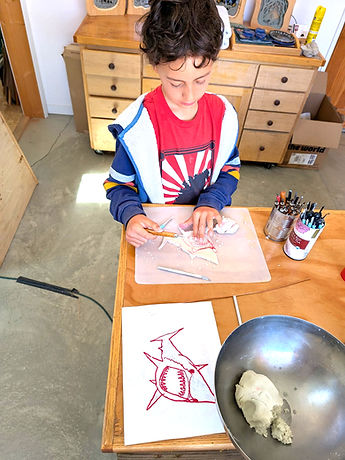
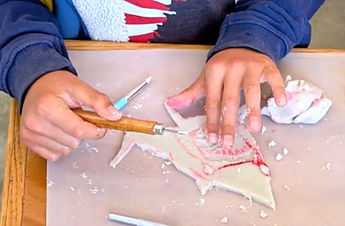

Baking & Pastry Arts
The clay can be rolled out like pastry dough and cut with a knife before firing. When mixed with extra water, it transforms into a frosting-like texture that can be piped for decorative designs, much like icing a cake.


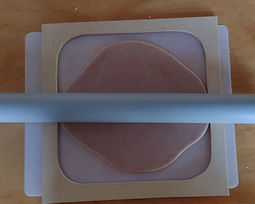

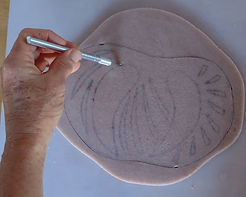
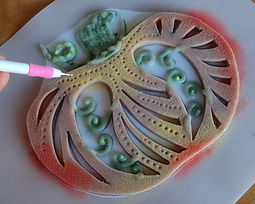
Polymer Clay
Artists can create millefiori patterns with Glass Clay. By embedding a design into a tube, rolling it out, and slicing, each cross-section reveals a nearly identical motif. This technique, whose name means “a thousand flowers” in Italian, connects glass clay to the rich history of glass canework.


Cloisonné
Traditionally, cloisonné involves metal strips forming compartments (cloisons) filled with colored materials. With Glass Clay, the compartments can instead be piped directly from the clay itself, then filled with powdered glass for stunning effects.


Freeze & Fuse Technique
Glass Clay can be pressed into small molds to create intricate designs, similar to the freeze and fuse methods, where water-based mixtures are frozen into shape before firing. These approaches make it possible to achieve highly precise, delicate, and detailed structures that are difficult to produce with traditional glassworking techniques.



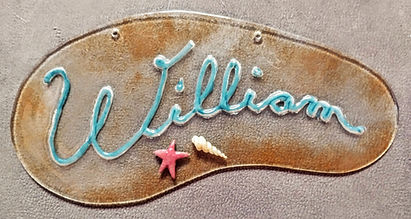
Paper Marbling
Inspired by the swirling, stone-like patterns of marbled paper, colored liquid Glass Clay can be floated over a semi-liquid base layer on glass sheets. The colors are then manipulated with tools to create flowing, organic designs


Coloring Options
Glass Clay can be customized in multiple ways:
-
Ceramic stains for stable, long-lasting color.
-
Colored glass frit (system 82) for texture and vibrancy.
-
Glass enamels for painterly effects.
Find out easily how much water to add to achieve the different texture, or how much clay you need for each project.
